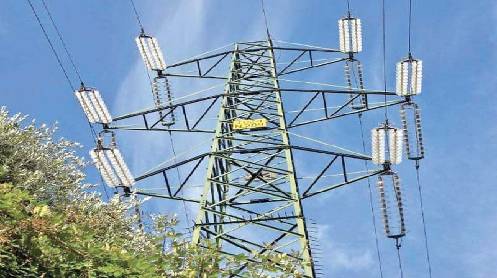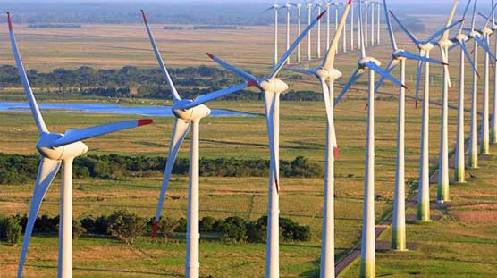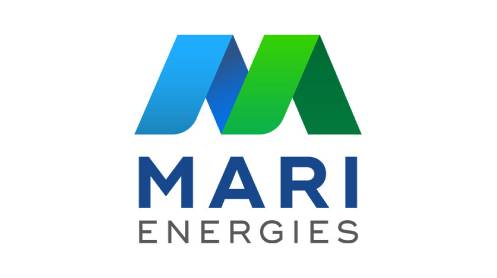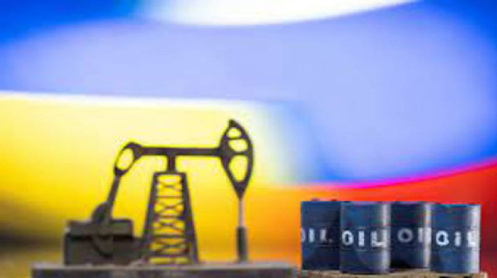ISLAMABAD: True to general perception, the country’s power generation plants and transmission systems in the public and private sectors are below par in terms of their respective performance standards affecting the quality of service despite higher consumer tariffs, according to National Electric Power Regulatory Authority (Nepra).
According to the regulator’s Performance Evaluation Reports (PERs) of power plants for 2022-23, the only exceptional sector with outstanding performance turned out to be the nuclear power plants involving a total generation capacity of about 3,600MW. Conversely, most of the thermal plants remained mostly available with minimal utilisation factor for being expensive but candidate to capacity payments.
The transmission systems of both the National Transmission & Despatch Company [the national grid operator] and the K-Electric generally remained stable during the year yet faced a lot of constraints, resulting increase in energy-not-served (ENS) and thus financial losses and consumer dissatisfaction, according to PERs 2022-23 of transmission companies.
The installed capacity totalled 42,932MW during the year, with thermal sources at 63pc (27,048MW), hydel at 23pc (9,987MW), renewable at 5pc (2,278MW), and nuclear at 9pc (3,620MW). The share of renewable energy in the net generation of the NTDC system stood at 4.3pc, while the corresponding figure for the KE system was only 2.4pc.
Nepra pointed out that it had consistently advised KE to establish renewable power plants in its service area to enhance its generation mix and reduce its overall cost but its “overall progress in incorporating renewable energy into its system has been unsatisfactory. KE continues to advocate for the inclusion of expensive plants like Tapal and Gul Ahmed in its system”.
The report noted that the NTDC system during the year experienced notable variations in the performance of power plants, particularly those dependent on imported fuels. Plants such as Liberty, Pakgen, Lalpir, Atlas, Nishat Power, Nishat Chunian, Saba, Kapco, Hubco, Hub Narowal, Attock Gen, Kohinoor, Rousch, Fauji Kabirwala, Halmore, Jamshoro, Muzaffargarh, Sahiwal Coal, and China Power Hub exhibited low service hours, ranging from 0.8pc to 36.8pc, spending considerable time on standby due to economic considerations.
Two Guddu plants faced low service hours due to unplanned outages, resulting in availability factors of 50 to 52pc. Power plants, including Saba, Hubco, Bhikki and some others displayed low net output factors (31.4pc to 69.7pc), indicating operation at part load.
In the KE system, plants like BQPS-I, Tapal, and Gul Ahmed spent a significant portion of the year on standby due to economic factors, resulting in net capacity factors ranging from 30.4pc to 47.9pc.
Some plants (KCCPP, KGTPS, SGTPS) exhibited lower net capacity factors (of just 1.2pc to 3pc), indicating potential operational challenges.
In 2022-23, several hydel power plants faced challenges, with Nandipur, Shadiwal, Chitral, Tarbela 4th Extension, Malakand-III, Pehur, Patrind, and Jagran-I experiencing low service hours of 40.3pc to 56.6pc. These plants operated predominantly in standby mode due to adverse hydrological conditions. Golen Gol hydel plant operated at only 33.8pc service hours, mainly on standby due to the Glacial Lake Outburst Flood in 2020, resulting in a diminished net capacity factor (14.3pc) and Net Output Factor (42.1pc).
Wind-based power plants in the NTDC system exhibited strong availability factors between 83.2pc and 100pc. Their net capacity factors ranged from 14.2pc to 38.6pc, while the net output factor varied from 14.6pc to 45pc. Solar power plants in the system showed availability factors ranging from 49.3pc to 98.7pc, with net capacity factors between 18.3pc and 31.8pc, and net output factors from 25.7 to 39.3pc.





